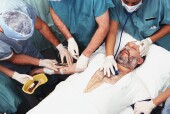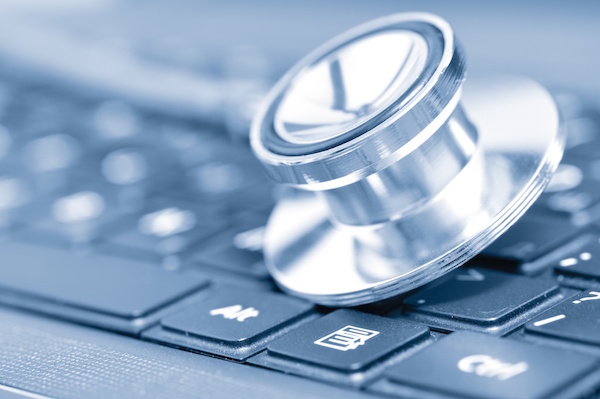
WEDNESDAY, Sept. 8 (HealthDay News) — More Americans are visiting hospital emergency departments because of abdominal pain, but the percentage of emergency visits that involve chest pain are decreasing, a new government report shows.
Between 1999-2000 and 2007-2008, the number of emergency department visits for abdominal pain increased 31.8 percent, from 5.3 million to 7 million. The percentage of these visits that involved abdominal pain increased 7.6 percent during this period, from 10.5 percent to 11.3 percent, the study found.
At the same time, the number of emergency department visits for chest pain increased from 5 million in 1999-2000 to 5.5 million in 2007-2008, but the percentage of emergency visits that involved chest pain decreased 10 percent, from 10 percent to 9 percent, said the researchers at the U.S. Centers for Disease Control and Prevention’s National Center for Health Statistics.
The researchers analyzed 1999 to 2008 data from the National Hospital Ambulatory Medical Care Survey. The data was for patients aged 18 and over whose emergency department visit was not injury-related.
Overall, the percentage of noninjury emergency department visits rose 22.1 percent from 50.5 million in 1999-2000 to 61.7 million in 2007-2008.
The researchers also found an increase in the use of advanced medical imaging for noninjury emergency department visits. The use of this type of imaging to diagnose a patient indicates a doctor’s perception about the seriousness of the case.
Between 1999-2000 and 2007-2008, the use of advanced medical imaging increased 367.6 percent (from 3.4 percent to 15.9 percent) for chest pain visits, 122.6 percent (from 19.9 percent to 44.3 percent) for abdominal pain visits and 122.1 percent (from 8.6 percent to 19.1 percent) for all other emergency department visits, according to the report.
The percentage of chest pain-related emergency department visits that led to a diagnosis of acute coronary syndrome decreased 44.9 percent, from 23.6 percent to 13 percent. The percentage of abdominal pain-related visits that resulted in a serious diagnosis decreased from 17.4 percent to 17.1 percent.
The percentage of emergency patients with abdominal pain who arrived by ambulance increased by 26.9 percent, from 10 percent in 1999-2000 to 12.6 percent in 2007-2008, while there was no significant change for patients with chest pain, 25.5 percent and 25.8 percent, respectively, the investigators found.
“Advanced imaging may increase the amount of time that a patient spends in the ED [emergency department], thereby slowing throughput and contributing to ED crowding and its adverse consequences. However, advanced imaging may help a physician to rule out conditions, thereby avoiding further unnecessary or risky diagnosis and therapy, and it may help confirm certain conditions, thereby leading to more effective and efficient therapy. Targeted research is needed to clarify the extent to which medical imaging for ED visits for chest or abdominal pain is improving the diagnosis and treatment of serious conditions,” the authors concluded.
More information
The American College of Gastroenterology has more about abdominal pain.

